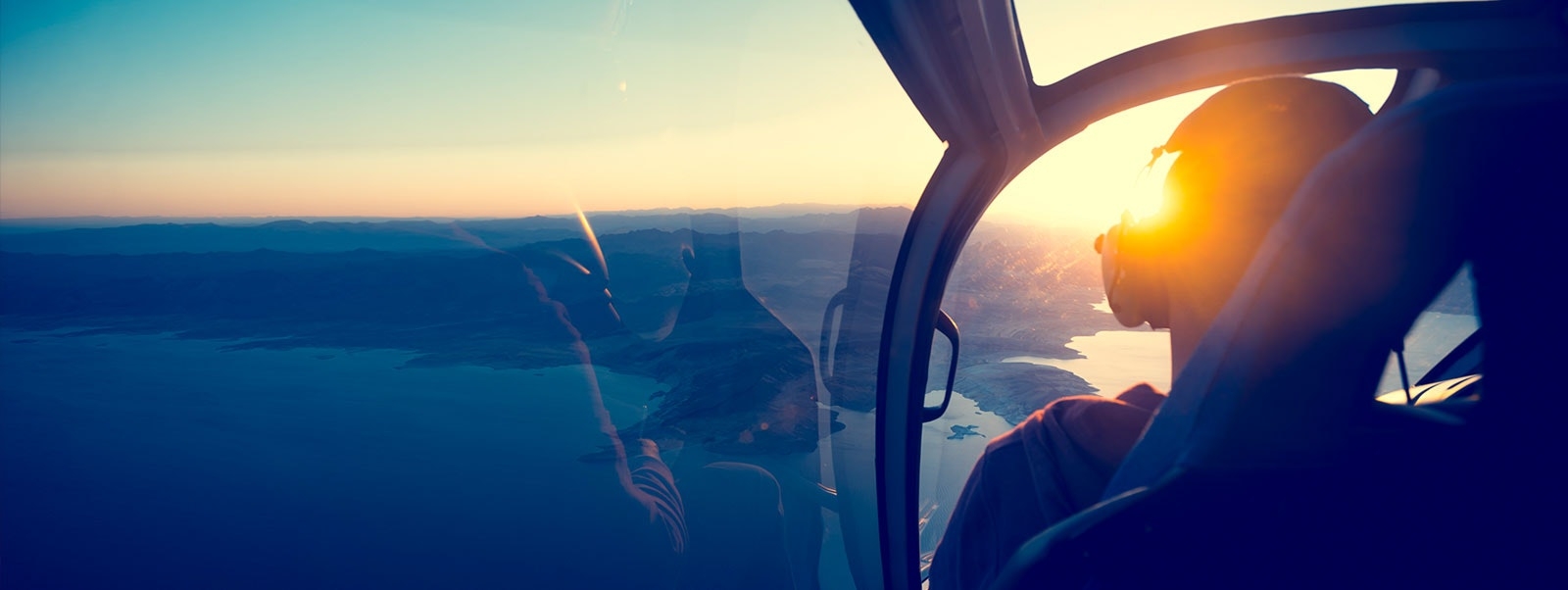By Jerome Bouchard and Nicolas Baggioni
This article first appeared in Forbes on October 25, 2017.
Passengers may start seeing planes with a single pilot in the cockpit within the next three to five years – an inevitability driven more by the airlines’ continual quest to lower costs than by the arrival of new technology.Oliver Wyman partner Jerome Bouchard and consultant Nicolas Baggioni
When it comes to transportation, the word for this decade and the next is autonomous. But while we are likely to see autonomous cars in mass production by 2030 and almost certain to see self-driving trucks within five years, we will probably not see any autonomous passenger jets for one simple reason – passengers don’t trust them.
The technology exists – all kinds of aircraft that don’t involve passengers are using it, mostly in the military – but many consumers have said they would refuse to fly in one. Aviation is no doubt disappointed because of the hundreds of billions that could be cut from operational expenses. But tens of billions can still be saved by implementing the step before complete autonomy – single-pilot operations.
Passengers may start seeing planes with a single pilot in the cockpit within the next three to five years – assuming certification challenges can be overcome. It's an inevitability driven more by the airlines’ continual quest to lower costs than by the arrival of new technology. Even now, pilots spend a bulk of their flight time monitoring machines rather than actually flying. In fact, with many of the newest jets, most pilots are only manually flying during takeoffs and the final minutes of landing – and not even then if there’s low visibility. Active flying time for pilots sometimes amounts to a little as three to five minutes.
Emptying the cockpit
The move toward fewer personnel in the cockpit began decades ago as technology made it unnecessary for humans to perform certain jobs. In the 1960s, there were still five crew members – a pilot, co-pilot, flight engineer, navigator, and radio operator. By the 1980s, that number was down to two – the pilot and co-pilot – with the incorporation of more automated or hands-free systems.
To read the entire article, please click here.


